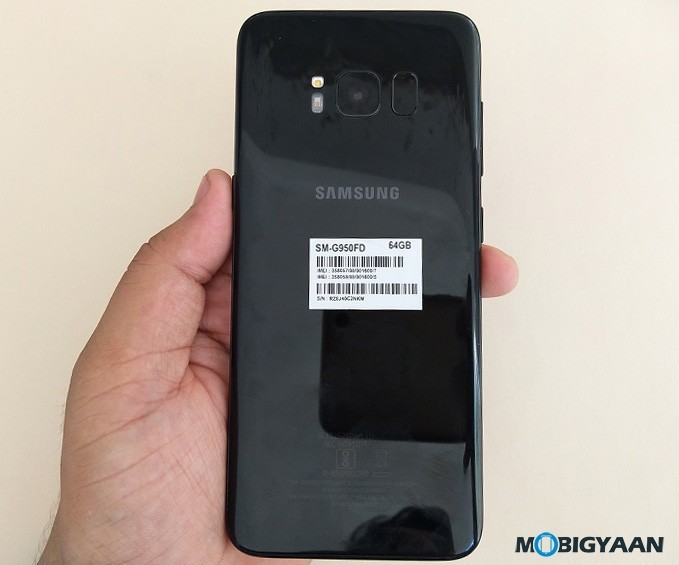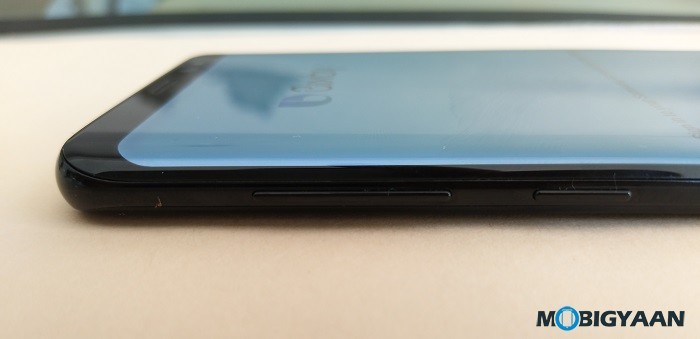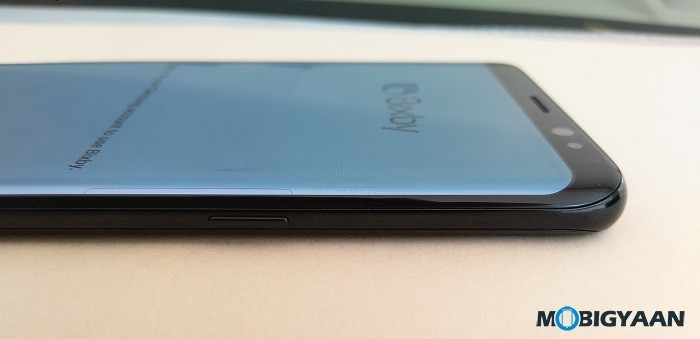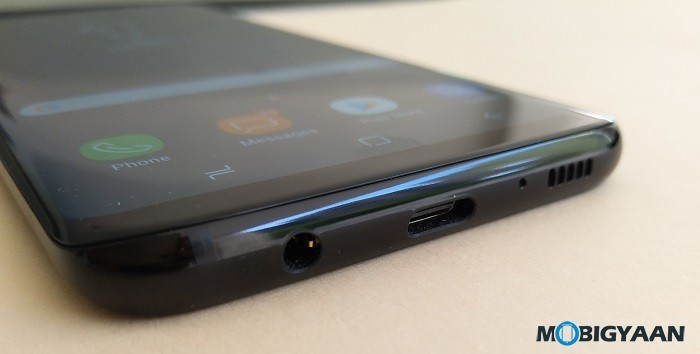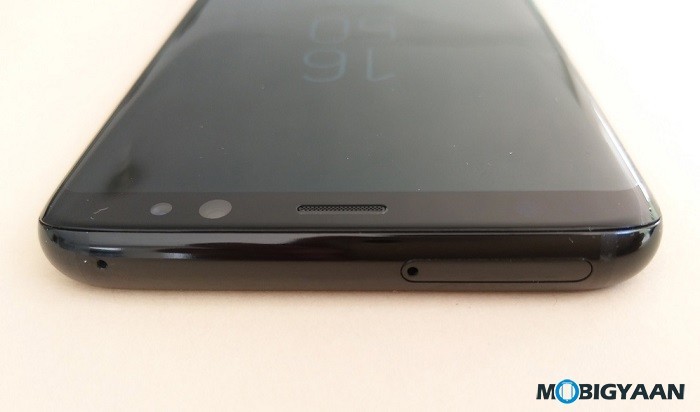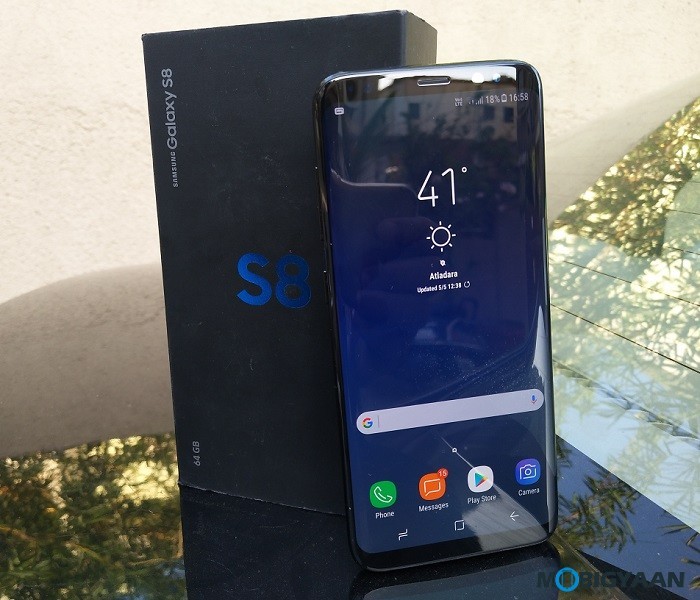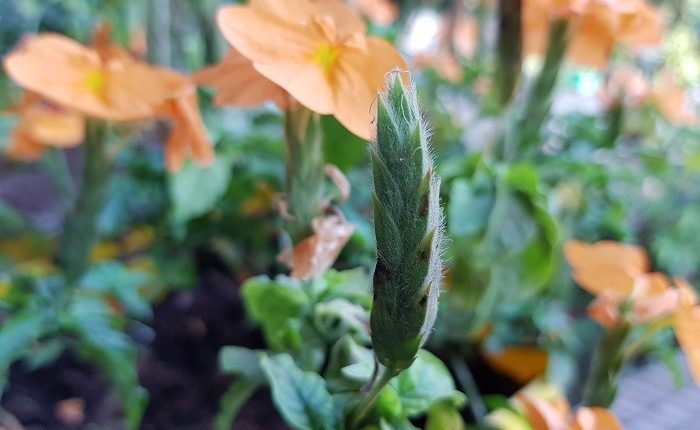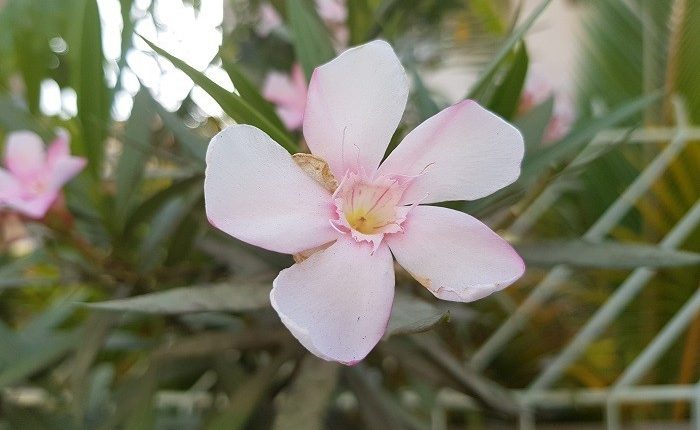Samsung recently uncovered the Galaxy S8 smartphone in India and it’s the successor to the last year’s Galaxy S7 which was a heavily geared up flagship. Now the most obvious and instant thing about this phone is its curved screen design, while the remaining stuff is restructured and gradually upgraded. Not only, Samsung has dropped the Edge name keeping the curved screen on both the phones (Galaxy S8+), but this time, Samsung has nailed it by removing the large bezels on the top and the bottom providing extra room for the screen. Carrying a hefty price tag of ₹57,900, the Galaxy S8 could be solely the best-looking phone that has ever hit the market. We have shared our initial impressions about the Samsung Galaxy S8 in this post. Head on to it below.
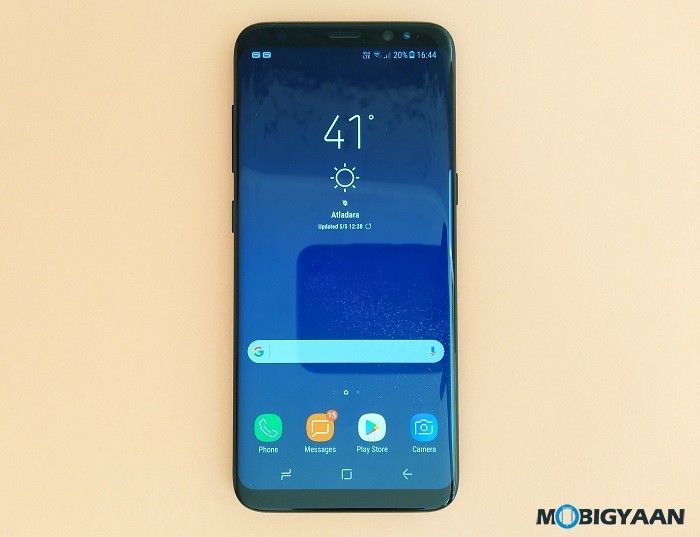
Samsung Galaxy S8 Specifications
- Display: 5.8-inch Quad HD+ Super AMOLED Infinity Display (2960 x 1440 pixels resolution | 570 ppi), Always On Display, Corning Gorilla Glass 5 on top
- Fingerprint Scanner: Yes, at the back (next to the rear camera)
- Iris Scanner: Yes
- Protection: IP68 Ratings (dust and water resistant), Corning Gorilla Glass 5
- Software: Android 7.0 Nougat, TouchWiz UI, Bixby Assistant
- CPU: Up to 2.35 GHz octa-core processor (4 x Samsung M2 cores & 4 x Cortex-A53 cores), 10 nm Samsung Exynos 8895 SoC
- GPU: Mali-G71 MP20 (546 MHz)
- Memory: 4 GB LPDDR4X RAM
- Storage: 64 GB UFS 2.1 internal storage, MicroSD up to 256 GB
- Main Camera: 12 MP f/1.7 aperture, Dual Pixel, OIS, LED flash
- Front Camera: 8 MP, f/1.7 aperture
- Connectivity: USB 3.1 (type-c), Wi-Fi 802.11 a/b/g/n/ac (2.4/5 GHz), VHT80 MU-MIMO, Bluetooth 5.0, NFC, GPS
- Sensors: Accelerometer, Barometer, Fingerprint Sensor, Gyro Sensor, Geomagnetic Sensor, Hall Sensor, Heart Rate Sensor, Proximity Sensor, RGB Light Sensor, Iris Sensor, Pressure Sensor
- Cellular: 4G LTE network, dual nano SIM (GSM Bands), SIM2 as MicroSD, VoLTE-enabled, Cat.16 5CA 1 Gbps (download) and Cat.13 2CA 150 MBps (upload) LTE modem
- Battery: 3,000 mAh Li-Ion (non-removable)
- Charging: Fast Charging on wired and wireless, Wireless Charging compatible with WPC and PMA
- Dimensions: 148.9 mm x 68.1 mm x 8 mm
- Weight: 155 grams
- Box: Handset, Adaptor, AKG Earphones (₹6,500), User Manual
- Colors: Midnight Black, Maple Gold
- Price: ₹57,900
Bezel-Less Design and Quad HD+ Display
Samsung continues the glass body, rounded and tapered design on the Galaxy S8. It’s long, slim and compact despite having a bigger 5.8-inch screen. I was blindly impressed by its infinity display having narrow bezels and curves inside the display. Usually, every other phone has a screen with four 90-degree corners, but S8 offers curved corners, have you noticed yet? The overall design is very neat and bold, highly attractive and premium but too sleek. It can be easily dropped from sweaty hands.
Besides, the screen is long measuring a 5.8-inch Quad HD+ Super AMOLED Display. The Quad HD+ is a new kind of display with an odd resolution of 2960 x 1440 pixels (570 ppi) featuring Always On display, thanks to its AMOLED screen. The screen is protected by a scratch-resistant Corning Gorilla Glass 5 on top, as well as dust, and water resistant. The phone is IP68 certified giving an advantage over the flagships that lack this ability.
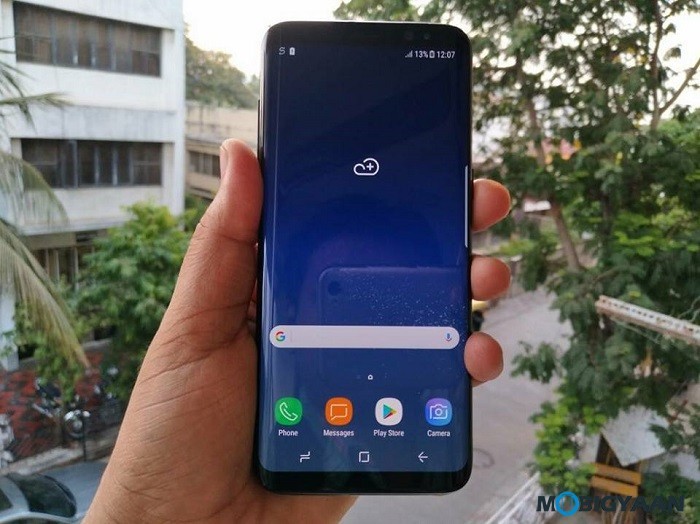
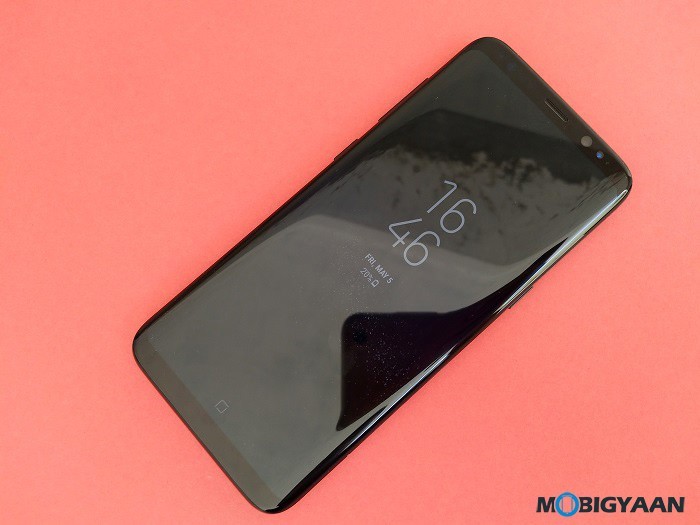
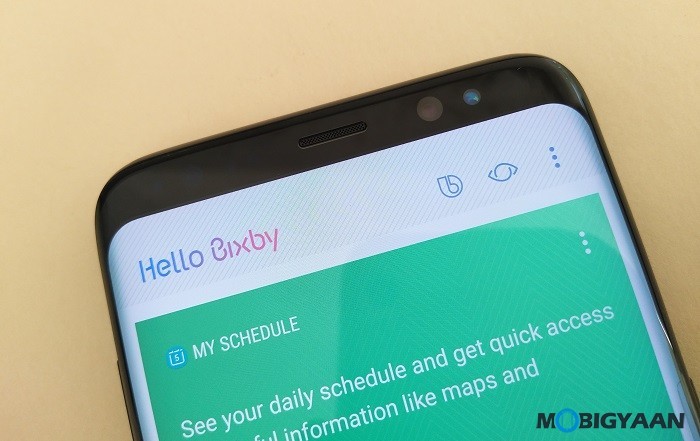
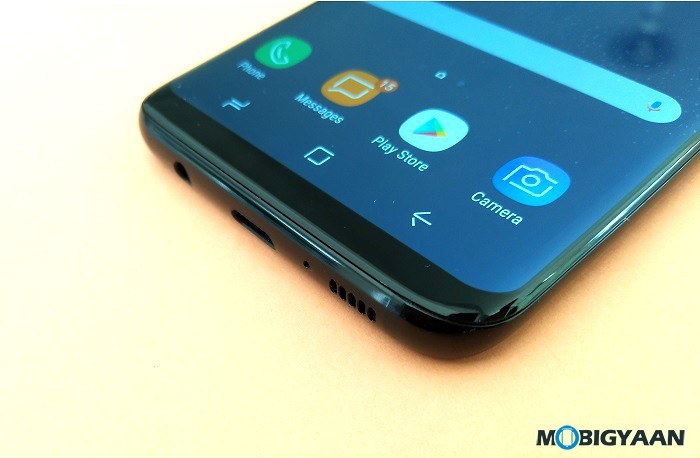
Specs Overkilled
When it comes to the specs, Samsung is using the new high-end Exynos 9 series chip in the Galaxy S8. While the US version is equipped with the Qualcomm Snapdragon 835 chip, Indian handsets are using the in-house 10 nm Samsung Exynos 8895 SoC utilizing 4 Samsung M2 cores (codenamed Mongoose) clocked at 2.35 GHz and another 4 power saving Cortex-A53 cores clocked at 1.7 GHz. It is backed up with a mediocre 3,000 mAh non-removable battery.
Furthermore, there’s a high-performance 4 GB LPDDR4X RAM (~1794 MHz), a whopping 20-core Mali-G71 MP20 GPU and a fast SSD-like onboard storage of 64 GB (UFS 2.1) that can be extended up to 256 GB via MicroSD card. I believe with these specifications, the benchmarks may reach sky high leaving behind the top leading performers like the OnePlus 3, Google Pixel and others. We can’t wait to find out how the device performs.
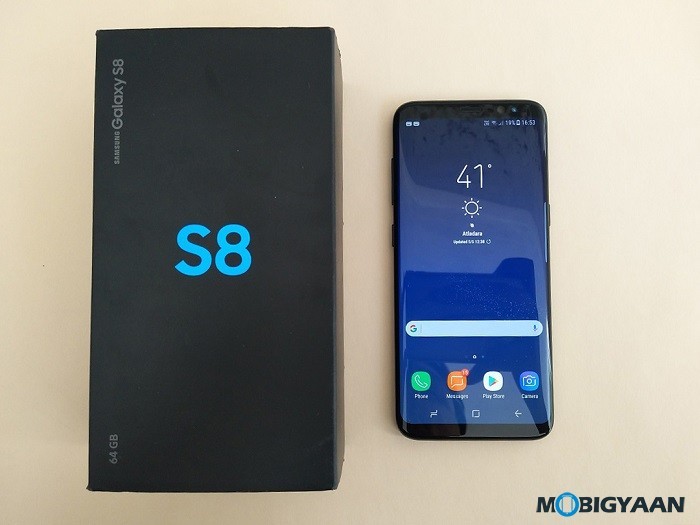
But Where’s The Home Key?
Gone! Samsung removed the good old oval shaped physical key. It uses onscreen navigation keys to extend the screen narrowing down the bezels. And about the fingerprint scanner? It is relocated at the back alongside the camera. The positioning of the fingerprint scanner could be uncertain for some people but that’s all you have. Apart from just the fingerprint scanner that most phones nowadays flaunts, there’s an Iris scanner too that will help you unlock the phone just by glancing at it.
Samsung has begun to provide a USB type-C port on their S series smartphones starting from the Galaxy S8 followed by the S8+. It’s not new to us, Samsung’s Galaxy C lineup already exists before the S8 with the type-C port, but you might not be aware of that the Galaxy S8 comes with USB version 3.1 which is definitely new. A USB 3.1 will drastically increase the data transfer speeds as compared to the USB type-C (version 2.0). It also has the newer Bluetooth 5.0 LE that transfers files up to 2 Mbps.
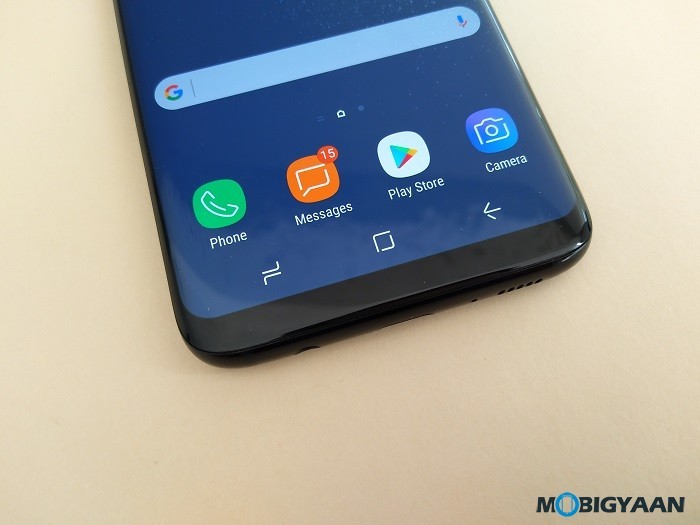
You will find a hybrid SIM tray on top supporting 4G SIM cards with VoLTE enabled. You can put either two nano-SIMs (GSM band) or a MicroSD on SIM2 and use the device as a single SIM. The bottom has a 3.5 mm earphones jack, a USB type-C port, and loudspeakers. Both microphones are located on top and bottom. For the rest, the left side has volume control and an added Bixby key just below that can also be assigned to any task or app. The right has the power button as usual.
In the box, AKG earplugs worth ₹6,500 are bundled with the phone. I haven’t had much time to test the earphones completely, nevertheless, I would love to include it in the review. Take a look at the Samsung Galaxy S8 images.
New 12 MP Dual Pixel Camera Featuring Sony IMX333 Sensor
We got to capture a few camera samples from its new 12 MP f/1.7 dual pixel camera. You can check out below. As for the specs, the Samsung Galaxy S8 is equipped with a 12 MP camera (Sony IMX333 Exmor RS sensor) on the rear side supporting optical image stabilization, 4K video recording, and 240 fps slow motion videos. On the front, there is a 8 MP f/1.7 wide angle camera for taking selfies. I have tested the Galaxy S7 camera and the results were promising. Hopefully, the S8 camera captures best shots and better than Galaxy S7 since the camera is upgraded. Check out some samples I have managed to capture it before writing this post.
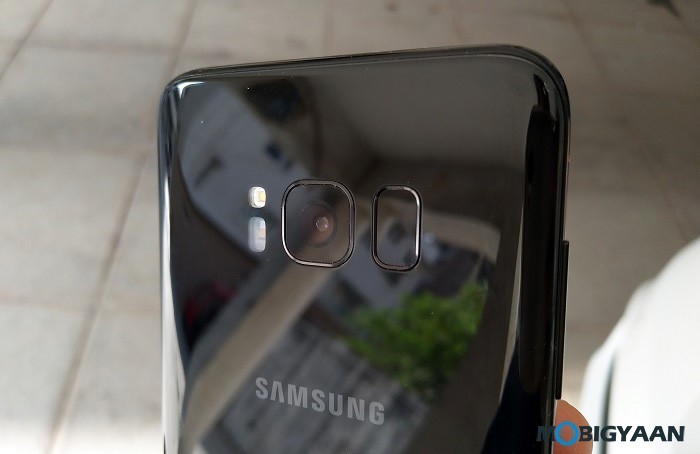
Android Nougat Virtue with Bixby Assistant & DeX Dock Compatibility
Google Android 7.0 Nougat is the software Samsung Galaxy S8 has adopted, this is the newest Android build. On top, it has the Samsung UI that you have already seen on other Samsung devices. However, the UI has touch-ups and the app drawer icon is removed. But that doesn’t mean you can’t access the app drawer, all you have to do is Swipe to top or bottom to enter the app drawer.
Samsung has added a virtual assistant known to be Bixby. Samsung’s Bixby might certainly compete with the Google Assistant sooner or later. We are not sure as Bixby is in its initial stage, hence it’s not easy to tackle the Google Assistant and Apple Siri, but over time, it could give them a competition.
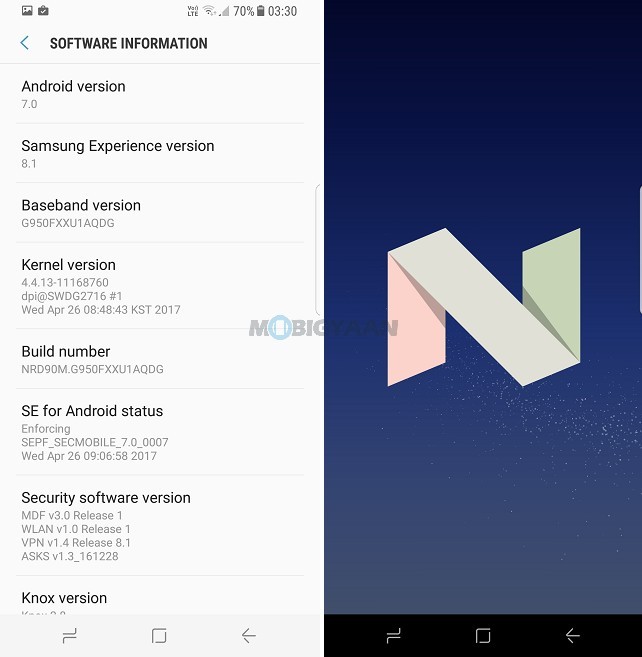
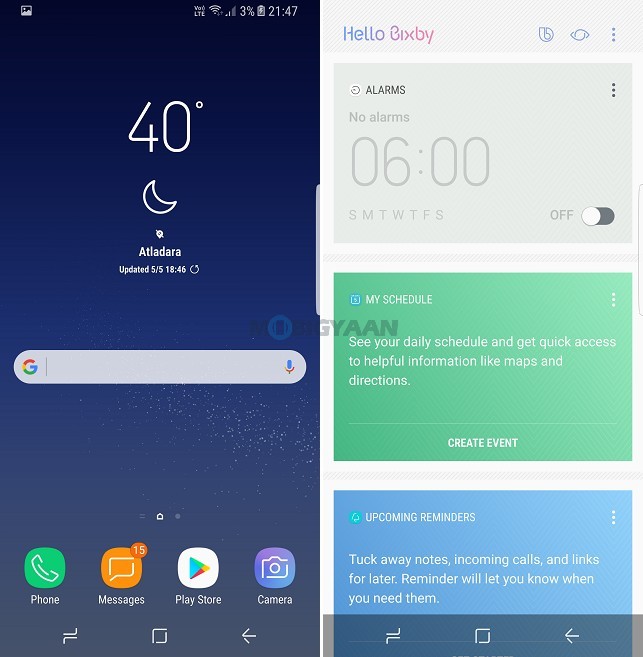
In addition, Samsung has introduced the DeX, a device that converts your smartphone into a full-fledged desktop PC giving you a comprehensive desktop like experience. We are yet to get our hands on with the Samsung DeX device.
Early Verdict – Excellence Meets The Future
Samsung has already succeeded with the Galaxy S7 and S7 edge, now the S8 is more refined in the design segment. A great product with revolutionary design, the smartphone itself impresses with its looks, thanks to the new Infinity Display. Besides from the looks, the internals are a flagship killer. For now, all I can say the Samsung Galaxy S8 is an excellent smartphone in its class leaving others behind in the race.
Stay tuned for our Samsung Galaxy S8 review.

